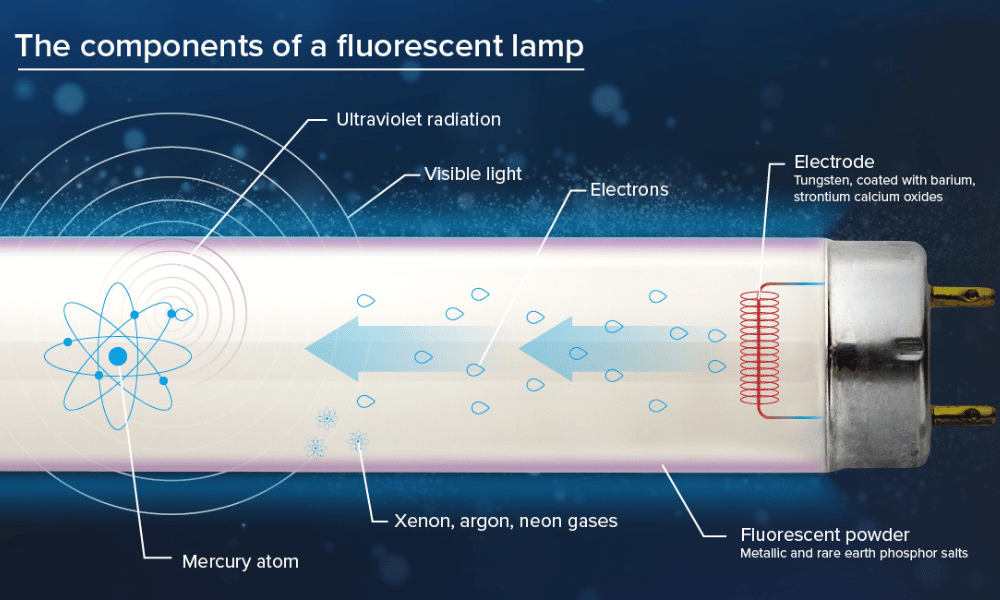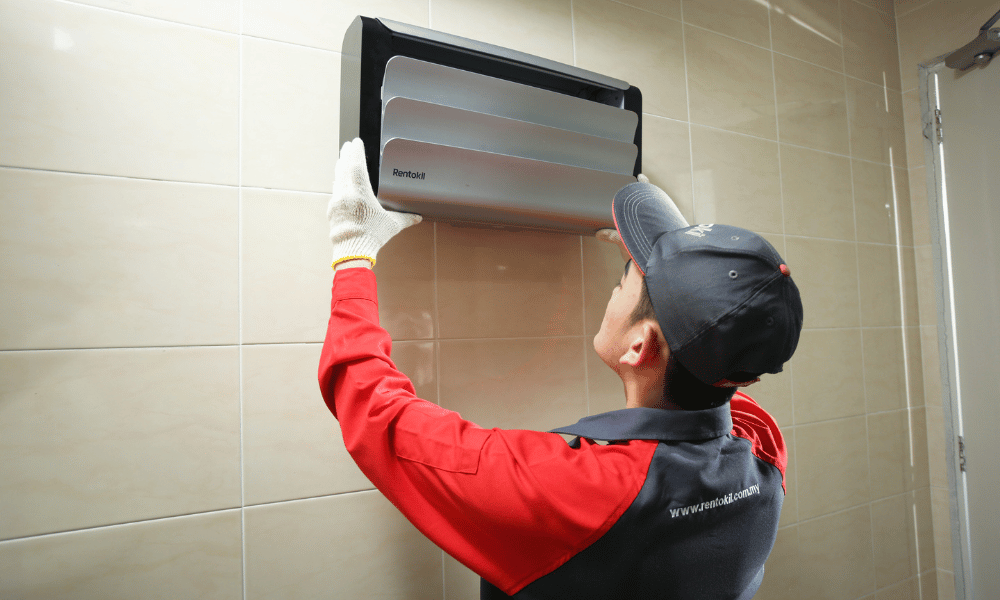Taking the Lead in Sustainability: Say Goodbye to Fluorescent Lamps For Good
The End of Fluorescent Lamps
Rentokil Pest Control has been taking the lead in making the transition from fluorescent lamps to LED for insect light traps due to sustainability goals in reaching net zero carbon emission by 2040 through operations and innovations. LED technology allows this to happen as it offers significant energy savings compared to fluorescent lamps and consumes lesser electricity to produce the same amount of light. This allows for lower operating costs for businesses using LED insect light traps while helping to solve their fly problems and benefiting the environment.
This proactive move aligns with the global efforts to reduce mercury usage and promote sustainable alternatives. This transition is an example of how businesses can contribute to the goals of international agreements like the Minamata Convention by embracing sustainable solutions.
The Minamata Convention
In the mid-20th century, an industrial mercury pollution incident led to a tragic environmental crisis in Minamata, Japan, resulting in the Minamata illness. This led to global efforts and the 2013 Minamata Convention on Mercury, which aimed to limit mercury's disposal and its negative impact on human health and the environment, moving forward to achieve a safer, more sustainable future by lowering mercury consumption in a variety of industries, including fluorescent bulbs.
As a result, industries are working towards lower mercury consumption, guided by this international treaty that entered into force in 2017. This initiative covers mercury's entire lifecycle, regulating its supply, manufacturing, storage, and waste management with the goal to reduce environmental contamination caused by human activities.
The dangers that fluorescent lamps pose

At low quantities, mercury is present everywhere in the environment and is released into the atmosphere, soil, and water via a number of sources such as coal burning, forest fires, volcanoes, rock weathering, ocean evaporation, small-scale gold mining, and numerous industrial operations. It constantly flows across continents, deposited, and re-released into the environment, but due to human activity, it can reach harmful amounts.
Mercury is produced naturally in the oceans and is known as methyl mercury typically found in fishes and shellfish when they consume plankton and small fishes in numbers. However, the increase of Mercury pollution and the presence of it in the environment can lead to high concentration of Mercury that poses serious health risks. That is why the Minamata Convention aims to protect human health by regulating mercury-containing products, including UV fluorescent lamps, and urging proper recycling to prevent contamination.
What is the reason for the change?

Fluorescent lamps contain mercury, which, although reduced over time, remains a hazardous component that complicates the recycling process. When the ballast, starter, and heating filaments lose their coating as seen by the blackening of the tube ends, the mercury vapour is absorbed by the glass tube and the coating. These are all the potential failures of fluorescent lamps which reduces the lifespan of the lamp and affects cost maintenance for businesses.
LED lamps, on the other hand, have emerged as a greener and more efficient lighting solution with the ability to convert approximately 95% of energy into light, resulting in a 50% reduction in electricity consumption compared to fluorescent lamps. Additionally, the extended lifespan of modern LED, surpassing 50,000 hours, is a significant advantage that provides greater longevity two to three times greater than fluorescent lamps.
Rentokil Lumnia's LED technology complements this as well with 70% in energy savings and produces 62% lower carbon emissions compared to traditional fluorescent lamps with a sustainability certification by Planet Mark. In terms of longevity, Lumnia LED lamps have a lifespan of up to 3 years as compared to the yearly exchange for fluorescent. Since LED products are environmentally friendly, as they contain fewer components and are easily recyclable, simplifying disposal. Moreover, these lamps are more robust, minimising the risk of contamination from broken glass fragments, mercury, and chemicals.
What are the other options for ILTs?

With the global consensus on replacing fluorescent lamps, they should be replaced as soon as possible to limit the quantity of mercury utilised in industry, households, and companies, as well as neurological risk problems that can cause damage to the nervous system. The negative impact of mercury causes the developing brains of foetuses and young infants to have developmental delays, motor skill deficits, memory loss, and impaired attention and learning ability.
The ban on fluorescent lamps used in insect light traps (ILTs), electronic fly killers (EFKs), and other industrial UV applications allows manufacturers to create alternative traps using LED lamps. Rentokil commercial LED fly-control devices have been available for six years with 4 types of LED insect light traps available in Malaysia to suit various business needs with Lumnia Suspended being the latest addition to the range.
Rentokil Pest Control is at the forefront of promoting sustainable practices by encouraging the adoption of the latest LED insect light traps. Switching to the latest generations of LED insect light traps as soon as feasible makes environmental, economic, and business sense. Join us in our mission to create a brighter and more environmentally friendly future, providing a safer environment for future generations.
This content is provided by Rentokil Initial
RM12.50 / month
- Unlimited access to award-winning journalism
- Comment and share your opinions on all our articles
- Gift interesting stories to your friends
- Tax deductable
